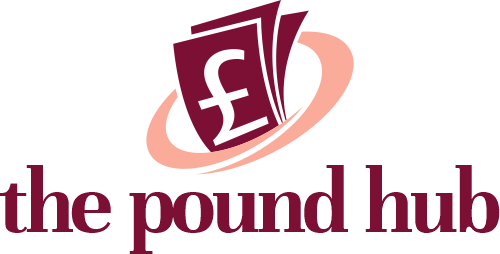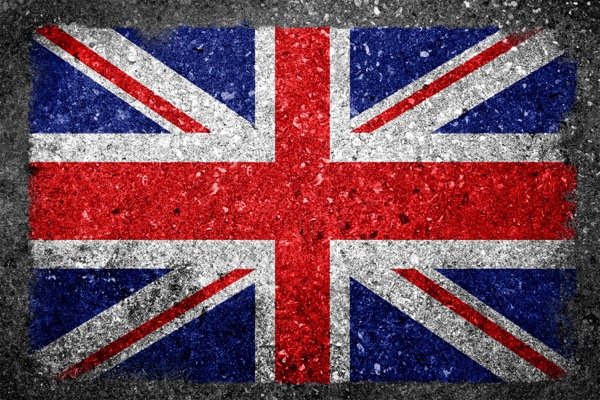- GBP/USD trades in a narrow channel above 1.2900 on Monday.
- The Fed and the BoE will announce monetary policy decisions later this week.
- The pair clings to a slightly bullish bias in the near term.
Although GBP/USD registered modest losses on Thursday and Friday, the pair managed to end the previous week in positive territory. Early Monday, the pair moves sideways at around 1.2950.
British Pound PRICE Last 7 days
The table below shows the percentage change of British Pound (GBP) against listed major currencies last 7 days. British Pound was the strongest against the Japanese Yen.
| USD | EUR | GBP | JPY | CAD | AUD | NZD | CHF | |
|---|---|---|---|---|---|---|---|---|
| USD | -0.42% | -0.18% | 0.61% | -0.07% | -0.57% | -0.97% | 0.38% | |
| EUR | 0.42% | 0.21% | 1.04% | 0.36% | -0.06% | -0.57% | 0.68% | |
| GBP | 0.18% | -0.21% | 0.73% | 0.12% | -0.27% | -0.84% | 0.54% | |
| JPY | -0.61% | -1.04% | -0.73% | -0.67% | -1.10% | -1.64% | -0.16% | |
| CAD | 0.07% | -0.36% | -0.12% | 0.67% | -0.54% | -0.90% | 0.42% | |
| AUD | 0.57% | 0.06% | 0.27% | 1.10% | 0.54% | -0.51% | 0.79% | |
| NZD | 0.97% | 0.57% | 0.84% | 1.64% | 0.90% | 0.51% | 1.43% | |
| CHF | -0.38% | -0.68% | -0.54% | 0.16% | -0.42% | -0.79% | -1.43% |
The heat map shows percentage changes of major currencies against each other. The base currency is picked from the left column, while the quote currency is picked from the top row. For example, if you pick the British Pound from the left column and move along the horizontal line to the US Dollar, the percentage change displayed in the box will represent GBP (base)/USD (quote).
During the European trading hours, US stock index futures lose about 0.5% on the day, pointing to a cautious market stance. Nevertheless, GBP/USD’s downside remains supported for now, with investors refraining from taking large positions in anticipation of this week’s key macroeconomic events.
On Wednesday, the Federal Reserve (Fed) will release the interest rate decision and publish the revised Summary of Economic Projections (SEP), the so-called dot plot. On Thursday, the Bank of England (BoE) is expected to maintain its monetary policy settings following the March meeting.
Ahead of the Fed and the BoE announcements, the US economic calendar will feature Retail Sales data for February on Monday. Investors expect Retail Sales to grow by 0.7% on a monthly basis, following the 0.9% contraction reported in January. A big negative surprise in this data could weigh on the USD with the immediate reaction and help GBP/USD edge higher. A bearish action in Wall Street, however, could support the USD later in the day and make it difficult for the pair to gather bullish momentum.
GBP/USD Technical Analysis
GBP/USD remains within the upper half of the ascending regression channel and the Relative Strength Index (RSI) indicator on the 4-hour chart holds slightly above 50, reflecting a lack of seller interest.
On the downside, 1.2920 (50-period Simple Moving Average (SMA), mid-point of the ascending channel) aligns as immediate support before 1.2870 (static level) and 1.2790-1.2780 (100-period SMA, lower limit of the ascending channel).
Looking north, resistance could be spotted at 1.2970 (static level), 1.3000 (static level, round level) and 1.3060 (upper limit of the ascending channel).
Pound Sterling FAQs
The Pound Sterling (GBP) is the oldest currency in the world (886 AD) and the official currency of the United Kingdom. It is the fourth most traded unit for foreign exchange (FX) in the world, accounting for 12% of all transactions, averaging $630 billion a day, according to 2022 data. Its key trading pairs are GBP/USD, also known as ‘Cable’, which accounts for 11% of FX, GBP/JPY, or the ‘Dragon’ as it is known by traders (3%), and EUR/GBP (2%). The Pound Sterling is issued by the Bank of England (BoE).
The single most important factor influencing the value of the Pound Sterling is monetary policy decided by the Bank of England. The BoE bases its decisions on whether it has achieved its primary goal of “price stability” – a steady inflation rate of around 2%. Its primary tool for achieving this is the adjustment of interest rates. When inflation is too high, the BoE will try to rein it in by raising interest rates, making it more expensive for people and businesses to access credit. This is generally positive for GBP, as higher interest rates make the UK a more attractive place for global investors to park their money. When inflation falls too low it is a sign economic growth is slowing. In this scenario, the BoE will consider lowering interest rates to cheapen credit so businesses will borrow more to invest in growth-generating projects.
Data releases gauge the health of the economy and can impact the value of the Pound Sterling. Indicators such as GDP, Manufacturing and Services PMIs, and employment can all influence the direction of the GBP. A strong economy is good for Sterling. Not only does it attract more foreign investment but it may encourage the BoE to put up interest rates, which will directly strengthen GBP. Otherwise, if economic data is weak, the Pound Sterling is likely to fall.
Another significant data release for the Pound Sterling is the Trade Balance. This indicator measures the difference between what a country earns from its exports and what it spends on imports over a given period. If a country produces highly sought-after exports, its currency will benefit purely from the extra demand created from foreign buyers seeking to purchase these goods. Therefore, a positive net Trade Balance strengthens a currency and vice versa for a negative balance.








